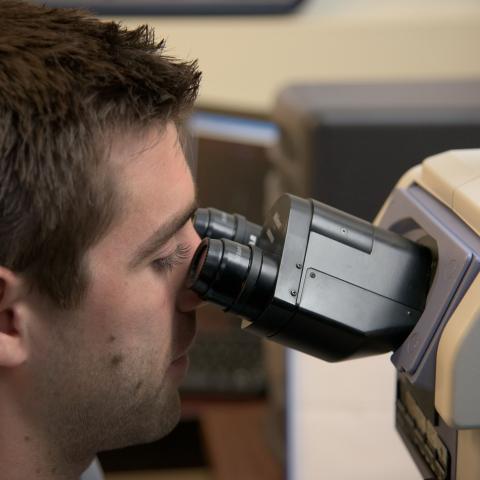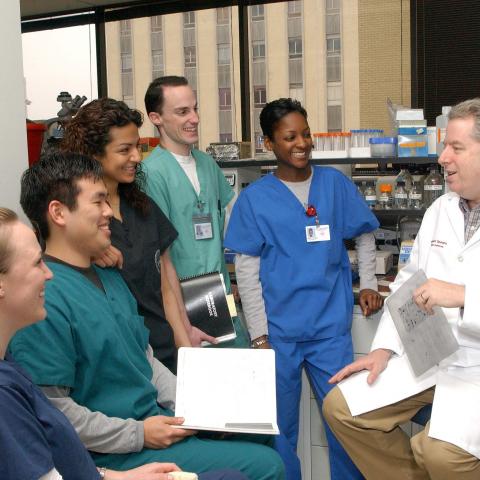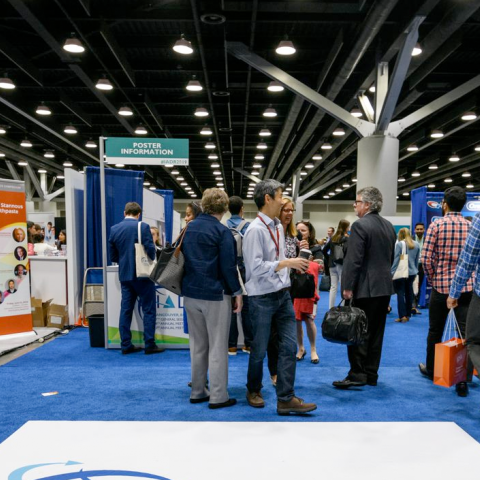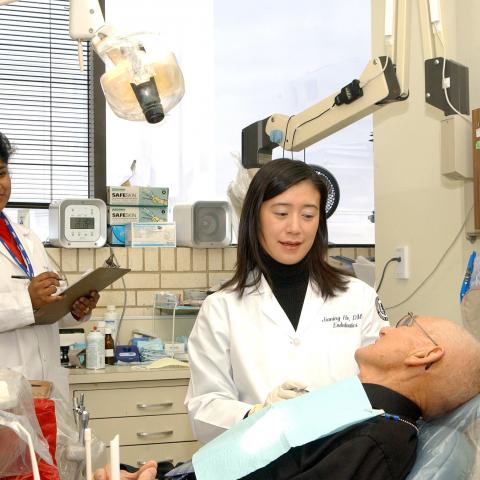Alexandria, VA, USA — Understanding the way materials interact with tissues and organisms at the cellular and molecular levels, and at a variety of different size scales, is critical for advancing the development of this new generation of materials, as well as for enhancing existing biomaterials. The Journal of Dental Research (JDR) special issue “Interface Between Materials and Oral Biology” features research reports and critical reviews that highlight the complex interactions occurring between biomaterials and fluids, living cells, and tissues. The Editors of this special issue are Jack L. Ferracane and Luiz E. Bertassoni of the Oregon Health & Science University, OR, Portland, USA.
Surfaces and chemistries are being designed to ensure definable biological responses that lead to desirable outcomes, such as enhanced adhesion to dentin or bone for stabilization and interfacial sealing. These designed surfaces can reduce interfacial degradation mechanisms that compromise the lifetime of polymer-based dental restorations, provide favorable interactions with the oral microbiota that may transform a system away from dysbiosis and tissue destruction, and/or stimulate new mineral formation to replace hard tissues lost due to damage or disease.
“This special issue contains four state-of-the-art critical reviews and 17 original research reports tackling regenerative engineering, oral biomineralization, advanced testing modalities for dental restorations, and the important factors involved in commercializing new innovations in regenerative materials,” said Ferracane.
“Other papers inform on the regeneration of periodontal tissues and bone using 3D-printed scaffolds. There also are several papers addressing modifications to implant surfaces for the purpose of enhancing bone-implant interactions and minimizing microbial infections at implant sites,” said Bertassoni.
“These timely studies address a variety of important issues in oral and craniofacial health,” said JDR Editor-in-Chief Nicholas Jakubovics, Newcastle University, England. “This issue will be of interest to biomaterials scientists, biomedical engineers, oral health researchers, and practitioners.
View the conversation between special issue Editors Luiz Bertassoni and Jack L. Ferracane and special issue authors David Kohn, University of Michigan, Ann Arbor, USA, who wrote “Translating Dental, Oral, and Craniofacial Regenerative Medicine Innovations to the Clinic Through Interdisciplinary Commercial Translation Architecture,” and Vinicius Rosa, National University of Singapore, who wrote “Graphene Nanocoating: High Quality and Stability Upon Several Stressors.”
About the Journal of Dental Research The IADR/AADOCR Journal of Dental Research (JDR) is a multidisciplinary journal dedicated to the dissemination of new knowledge in all sciences relevant to dentistry and the oral cavity and associated structures in health and disease. The JDR 2-year Journal Impact Factor™ is 6.116, ranking #5 of 91 journals in the “Dentistry, Oral Surgery & Medicine” category, and the JDR 5-year Journal Impact Factor™ is 7.199. The JDR ranks #1 of 91 journals in total citations at 26,197 and Eigenfactor at 0.01683. The JDR Editor-in-Chief is Nicholas Jakubovics, Newcastle University, England. Follow the JDR on Twitter at @JDentRes!
International Association for Dental Research
The International Association for Dental Research (IADR) is a nonprofit organization with over 10,000 individual members worldwide, with a mission to drive dental, oral and craniofacial research for health and well-being worldwide. To learn more, visit www.iadr.org. The American Association for Dental, Oral, and Craniofacial Research (AADOCR) is the largest Division of IADR with 3,100 members in the United States. To learn more, visit www.iadr.org/aadocr.




